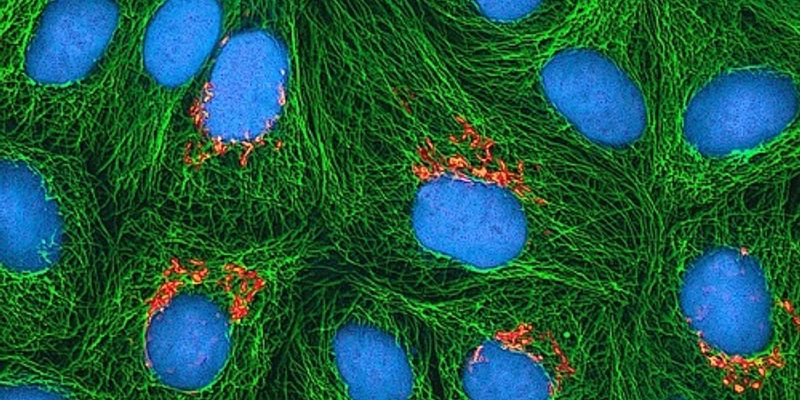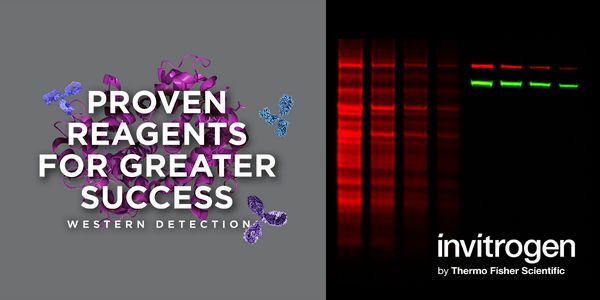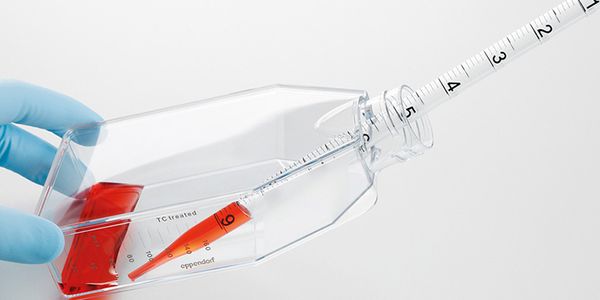Protein Binding
Protein Binding: Protein binding can enhance or detract from a drug's performance. As a general rule, agents that are minimally protein bound penetrate tissue better than those that are highly bound, but they are excreted much faster. Among drugs that are less than 80-85 percent protein bound, differences appear to be of slight clinical importance. Agents that are highly protein bound may, however, differ markedly from those that are minimally bound in terms of tissue penetration and half-life. Drugs may bind to a wide variety of plasma proteins, including albumin. If the percentage of protein-bound drug is greater when measured in human blood than in a simple albumin solution, the clinician should suspect that the agent may be bound in vivo to one of these "minority" plasma proteins. The concentration of several plasma proteins can be altered by many factors, including stress, surgery, liver or kidney dysfunction, and pregnancy. In such circumstances, free drug concentrations are a more accurate index of clinical effect than are total concentrations. Formulary committees must grasp the clinical significance of qualitative and quantitative differences in protein binding when evaluating competing agents.
-
Reactive oxygen species (ROS) are well-known for their detrimental effects leading to oxidative stress, cell death, aging, and degenerative disorders. However, there is increasing evidence t...























